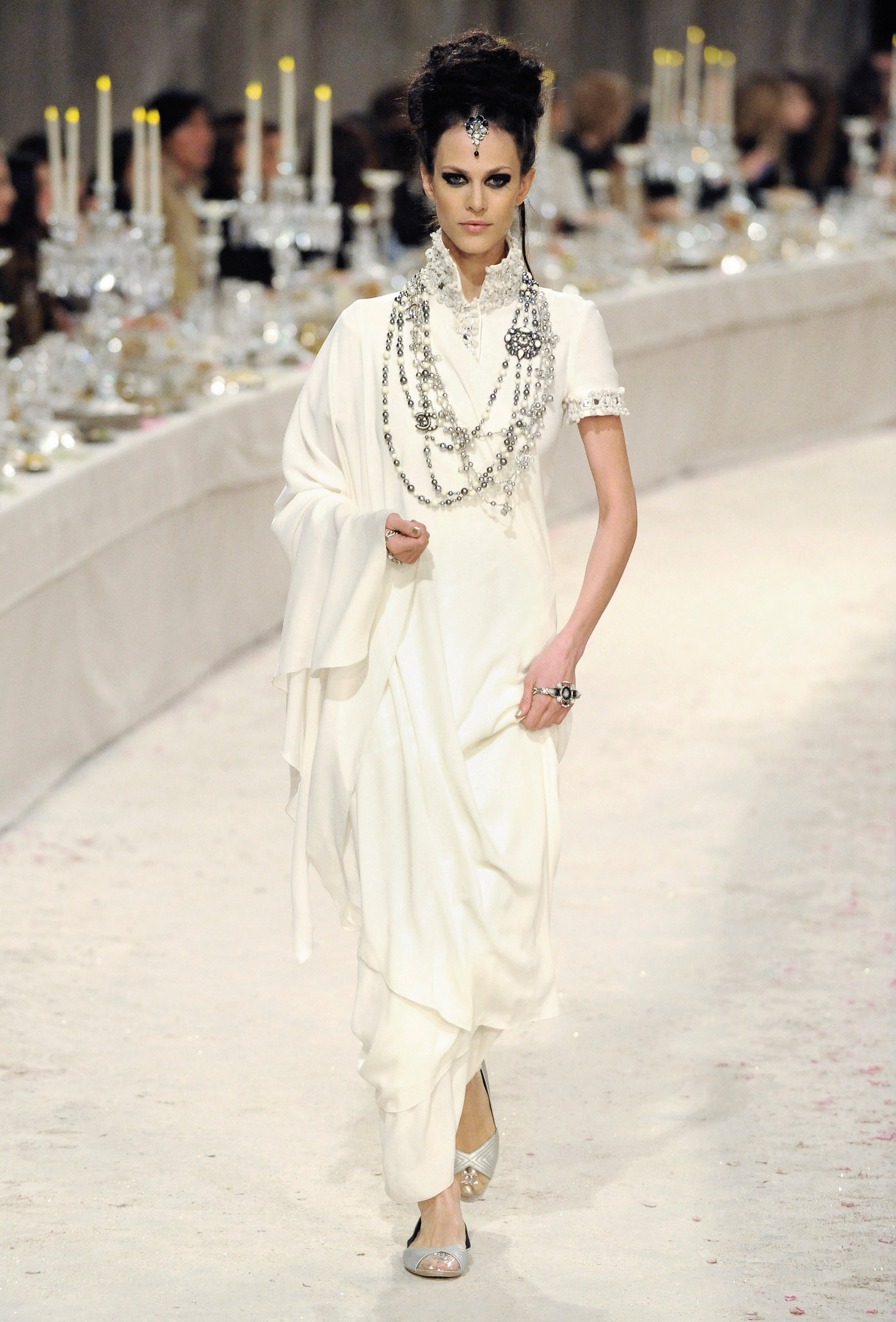Inspired by India‘s cover by Phyllida Jay features the necklace made for Daisy Fellowes in 1936 that has inspired a wealth of similar designs, which became known as ‘Tutti Frutti’ by jewellery and media experts from the 1970s onwards. It is an exploration of more than six centuries of trade, cultural exchange, and inspiration between India and the West.
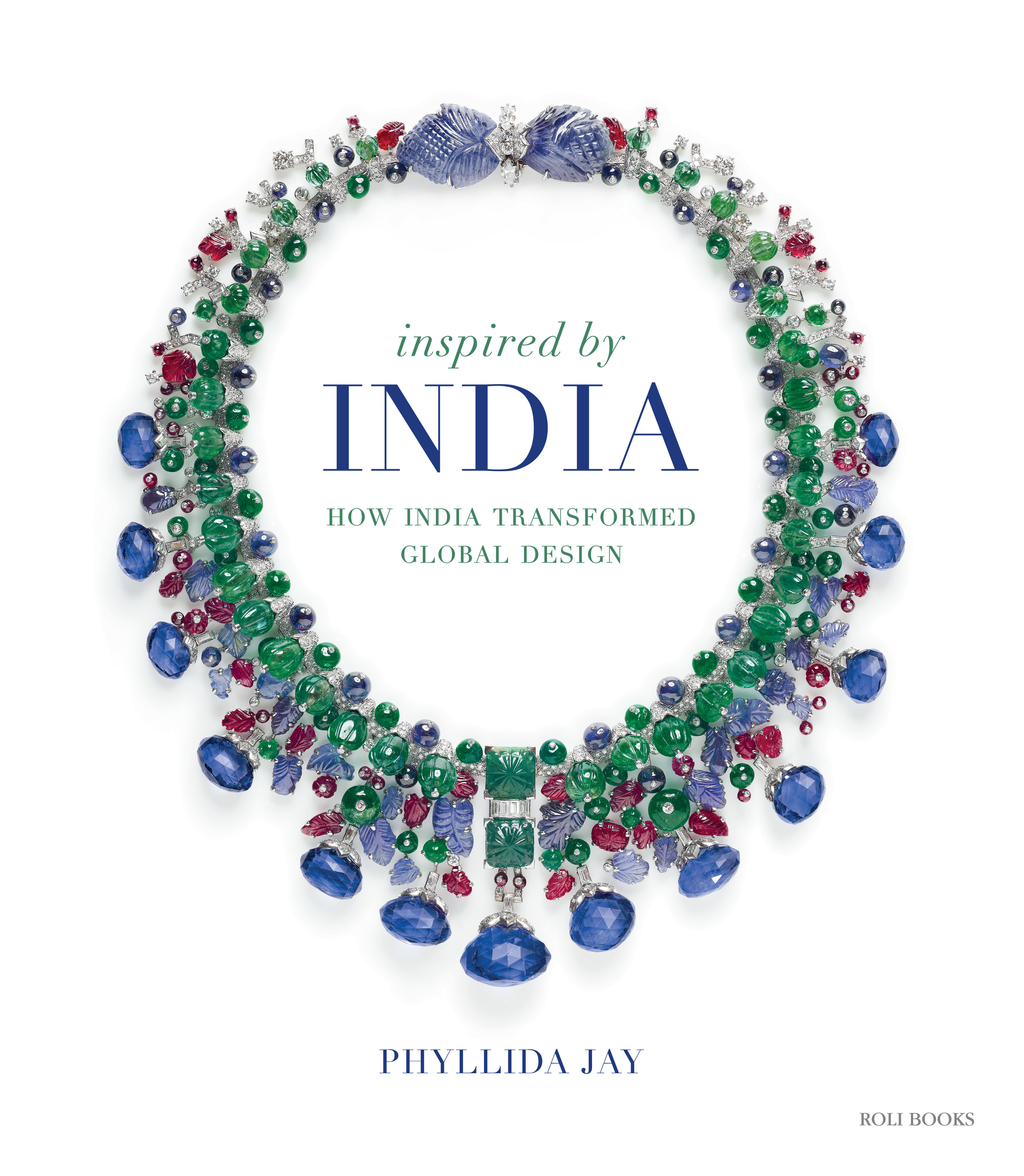
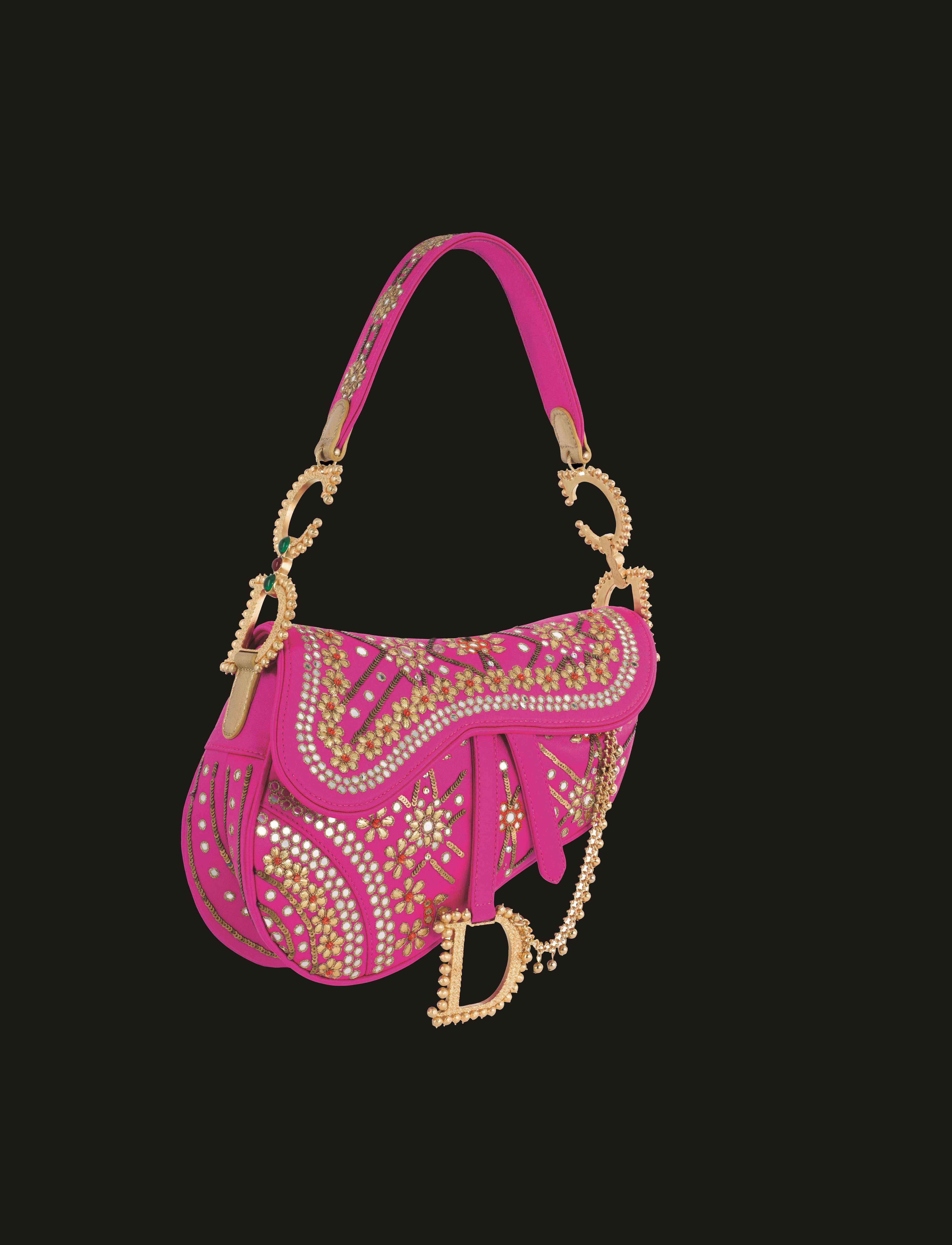
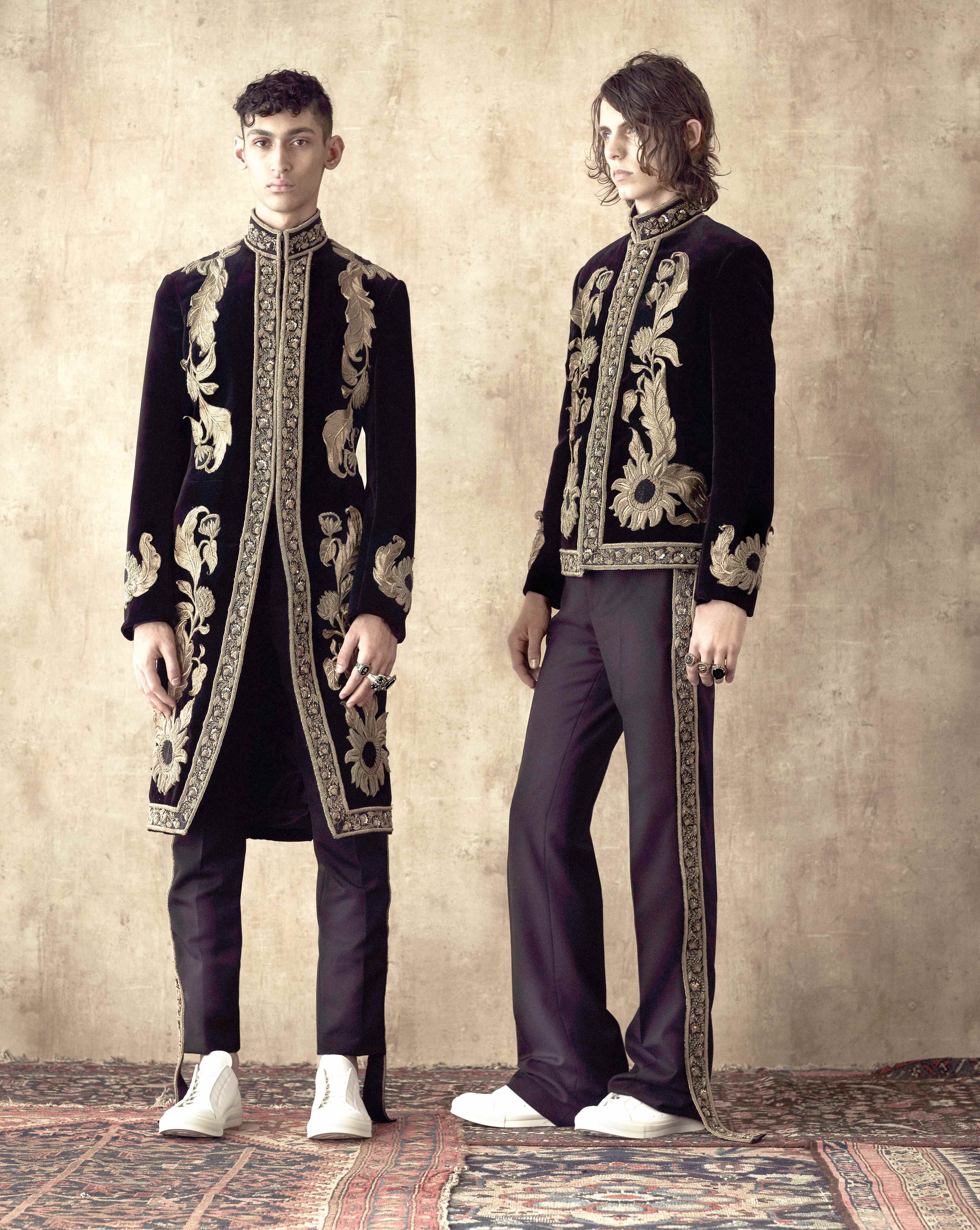
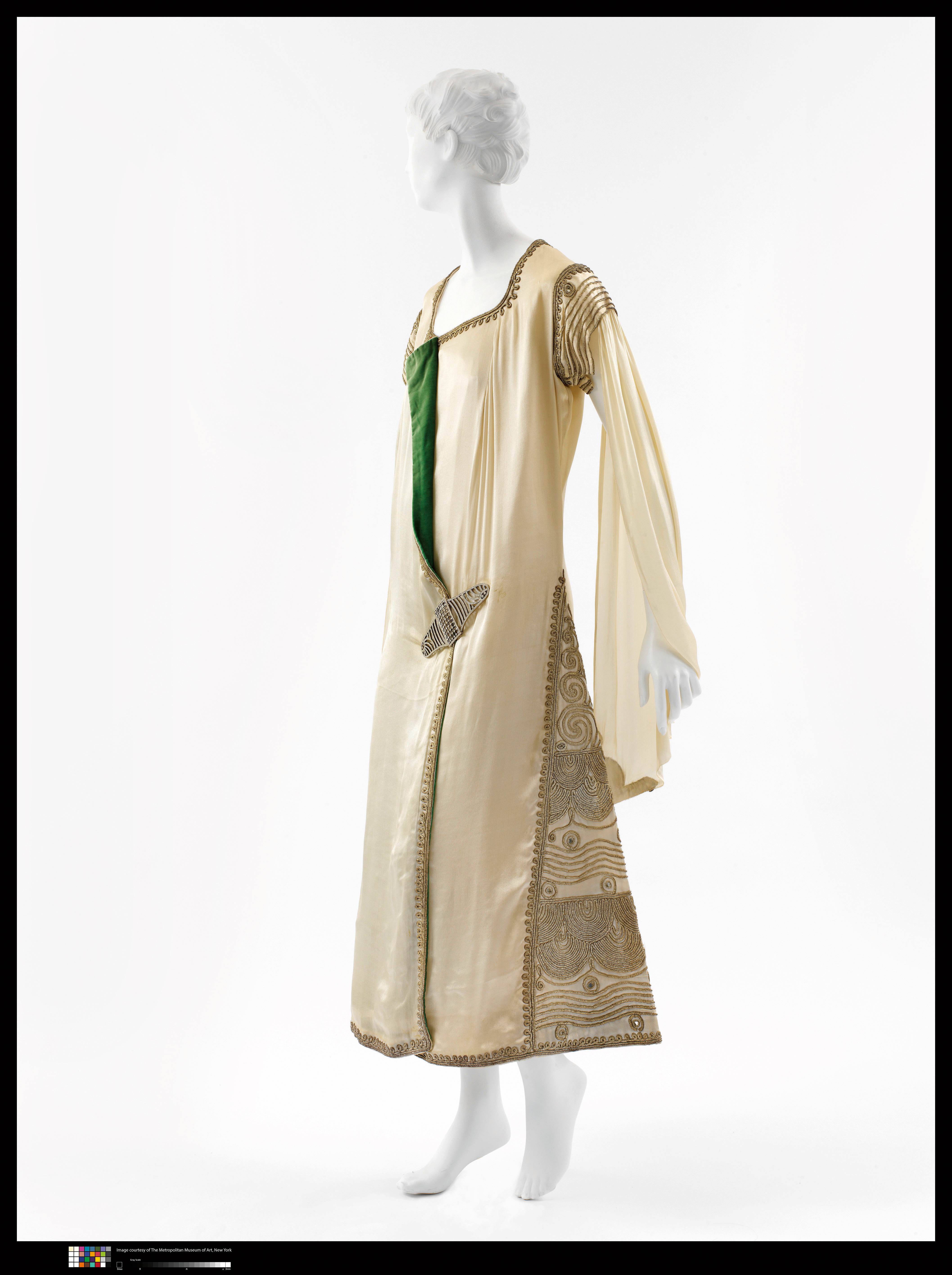
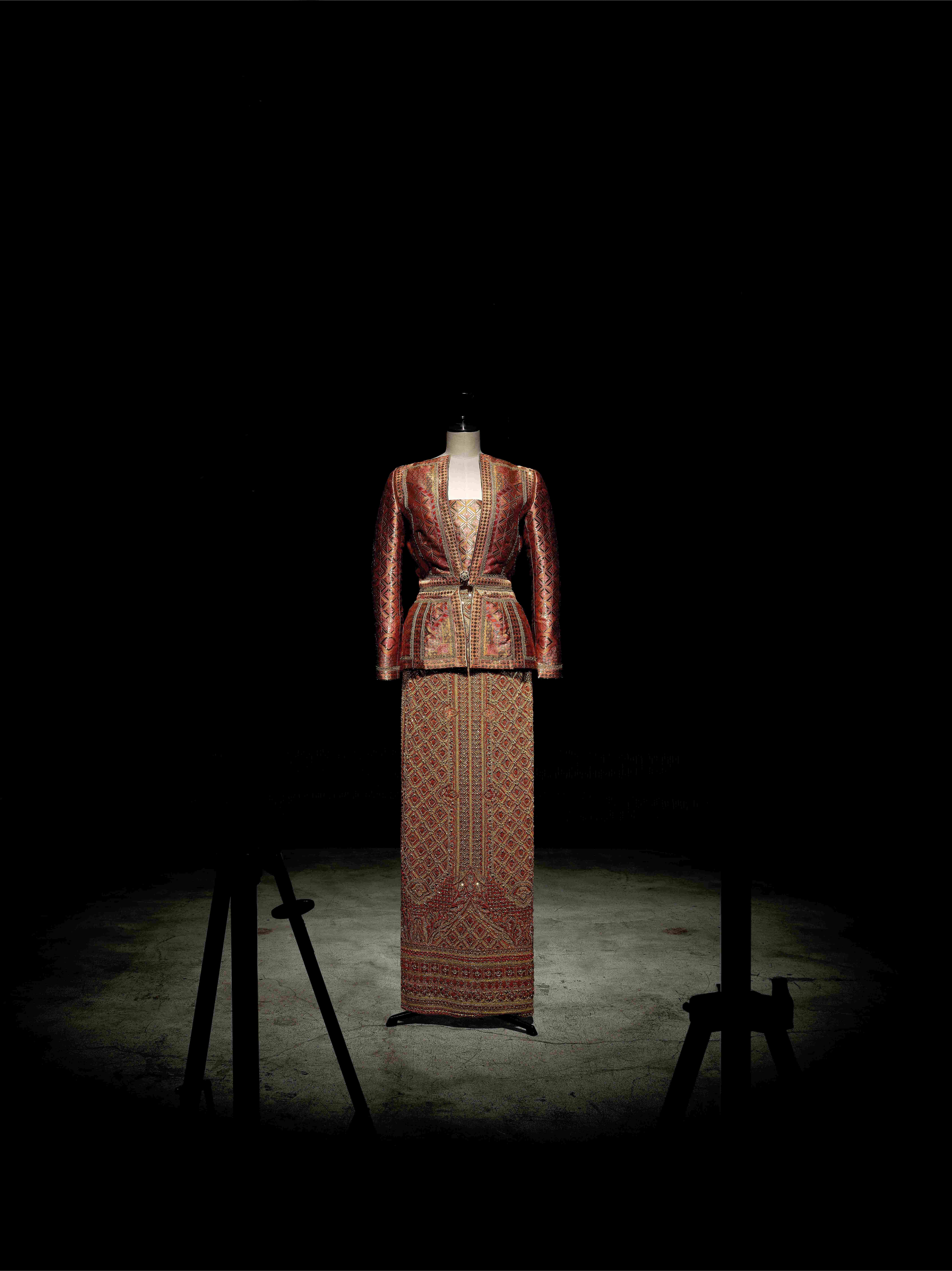
During Gianfranco Ferré’s tenure as Creative Director for Dior between 1989 and 1996, he called his final AW/1996 couture collection ‘Indian Passion’. Lavish zardozi and resham embroidery for which Indian artisans are renowned were produced in Paris, the petite mains recreating the mastery of the Indian karigars. The ensemble opposite was titled ‘Bangalore’, comprising a jacket in almond, rosewood and red jacquard silk with a golden embroidered mesh skirt. Ferré spent many years working and travelling in India, his design signature a constant dialogue with Indian drapery and embroidery.
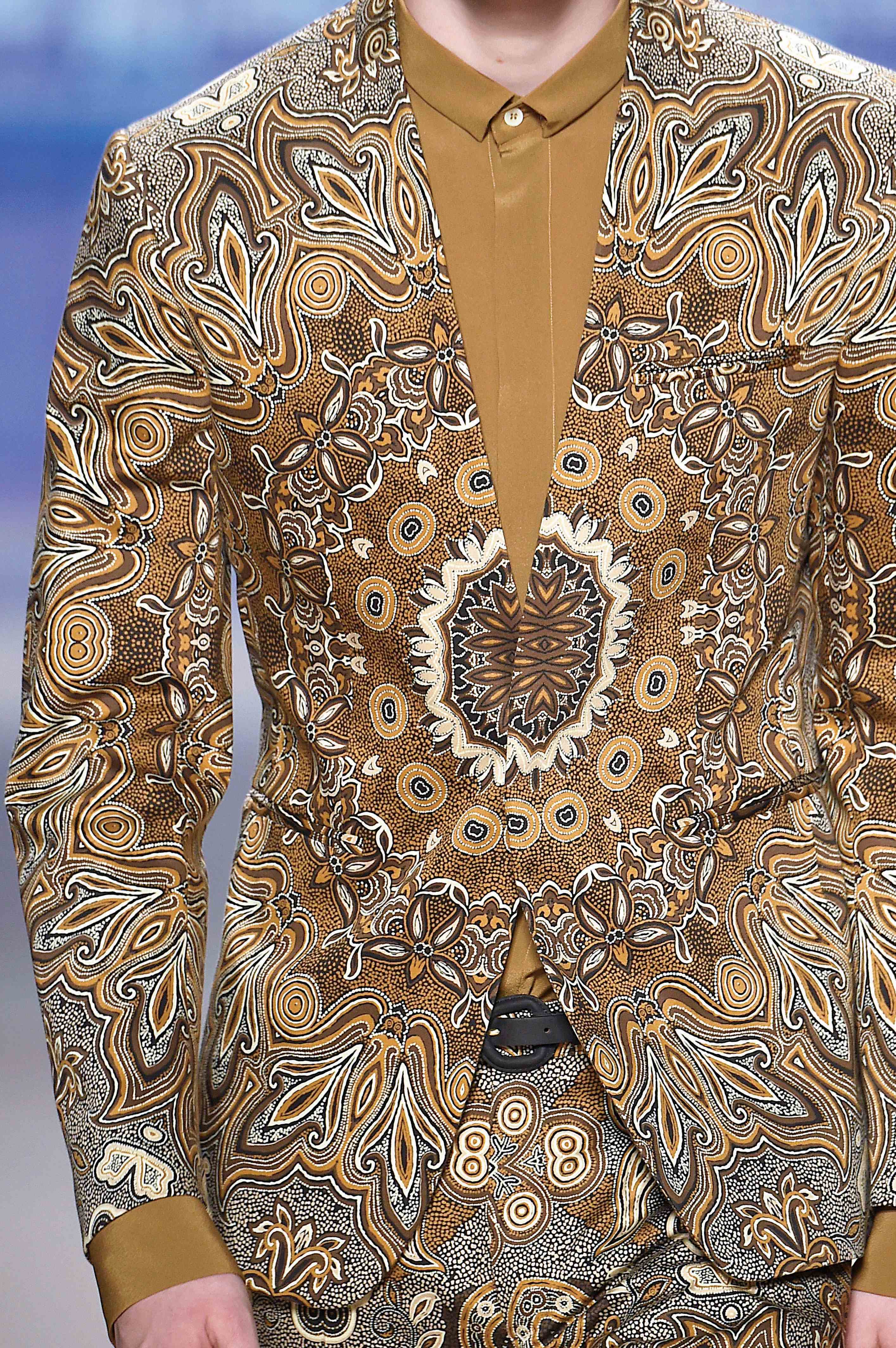
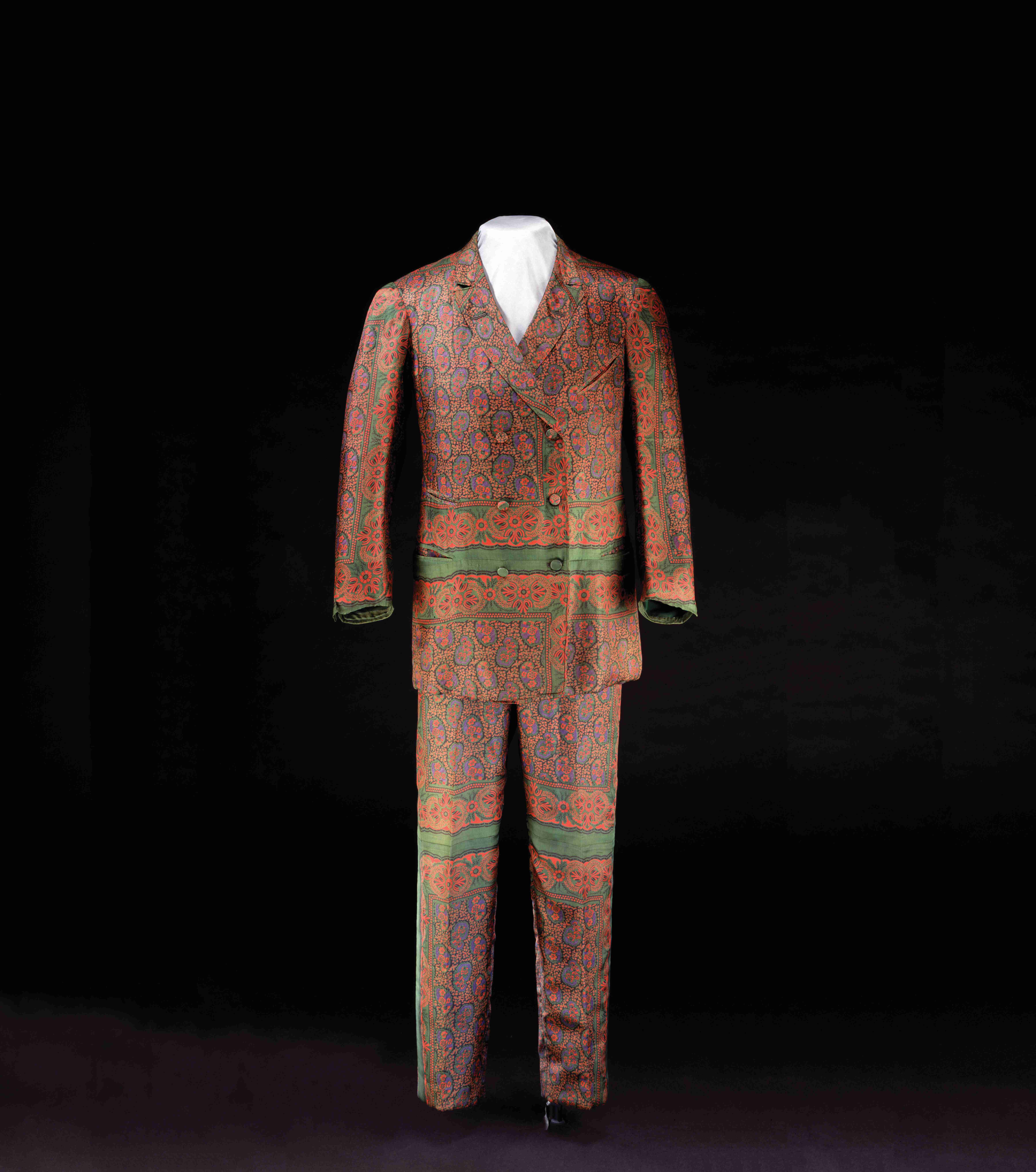
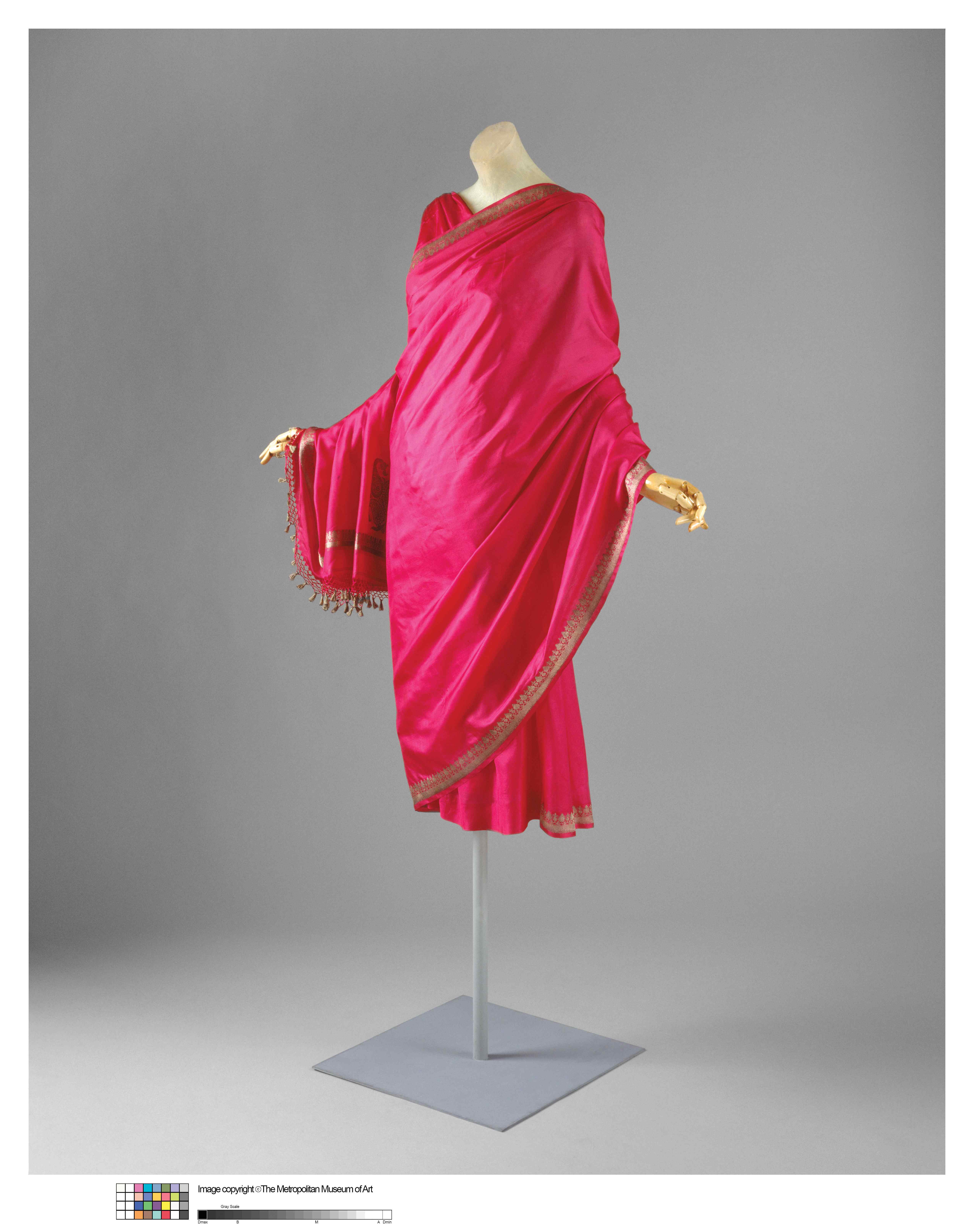
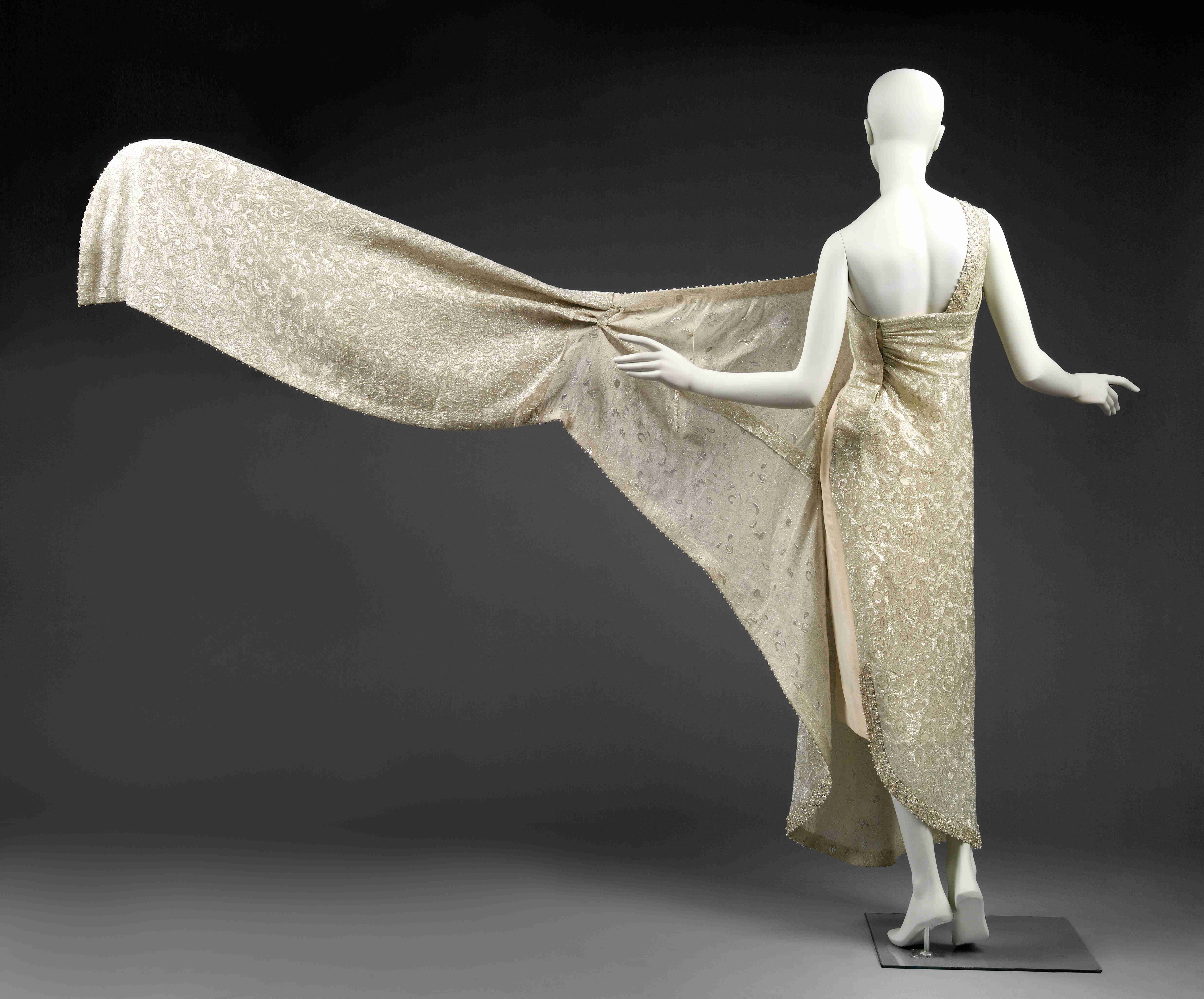


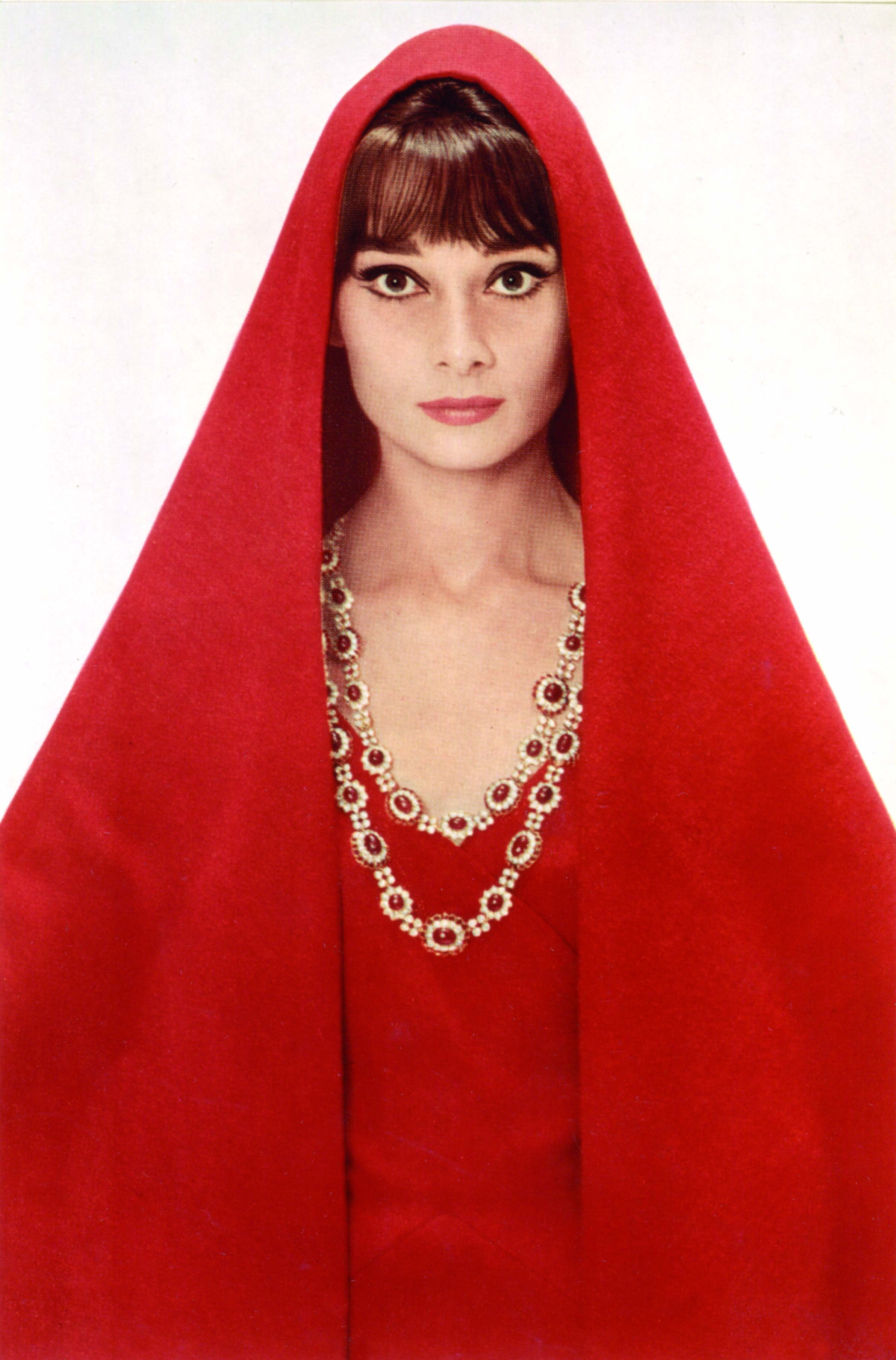
a gown by Galanos, photographed by Richard Avedon, Harper’s Bazaar, 1961.
